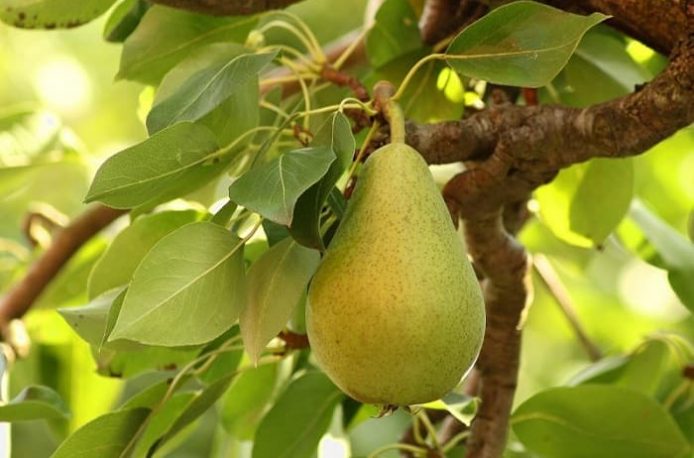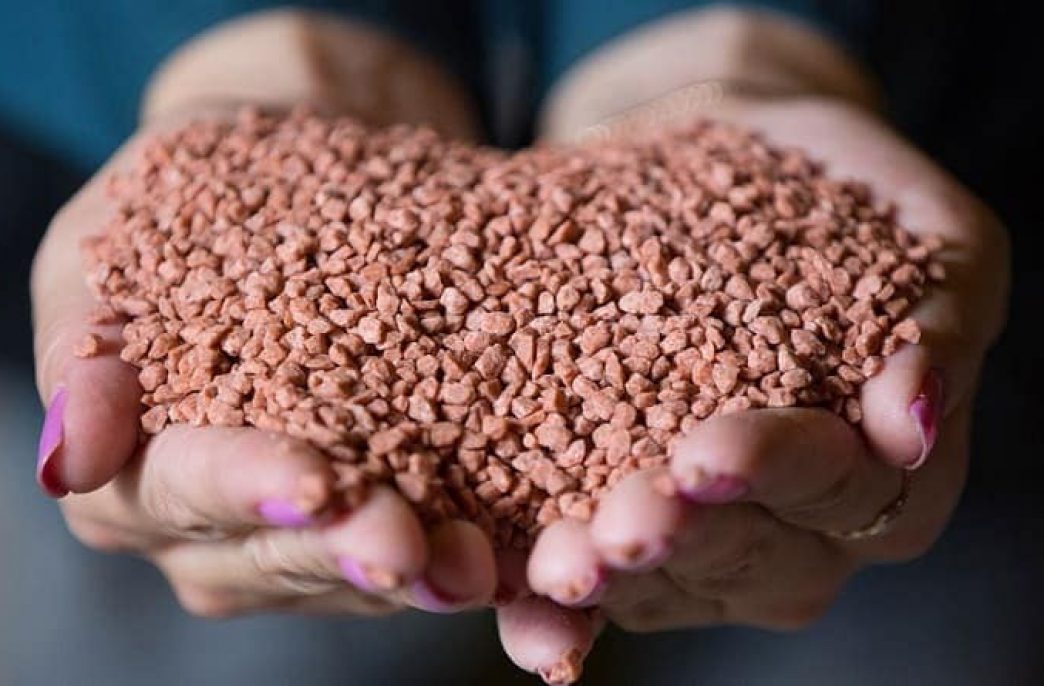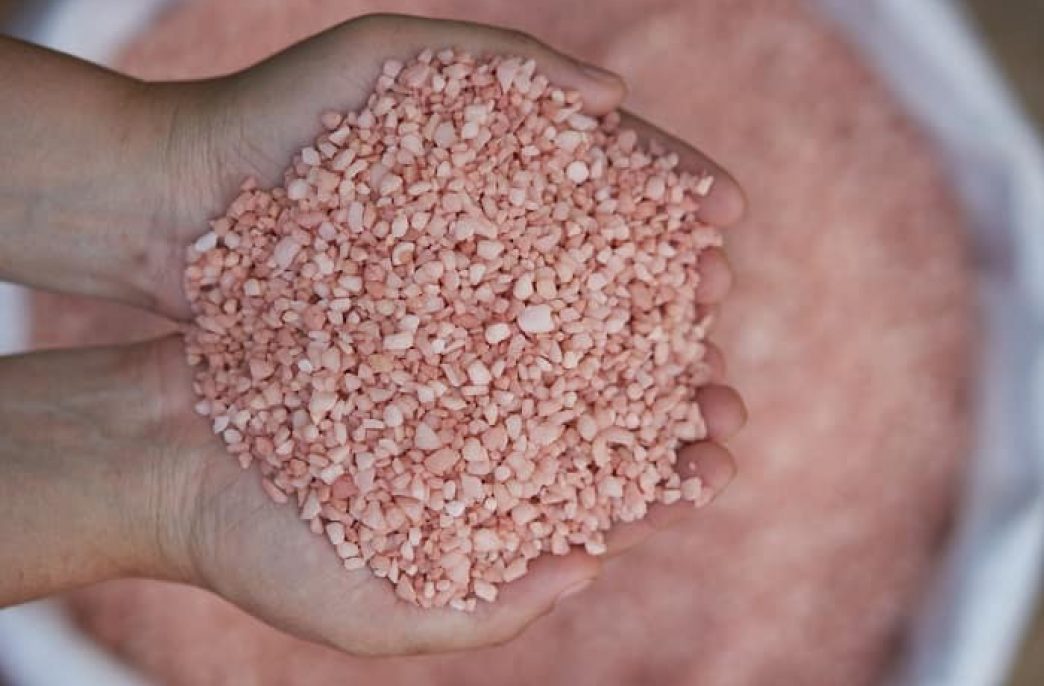Fertilizing pears: what fertilizers should be used to get a high yield

Complex fertilization of fruit trees allows them to receive adequate nutrition and protection. Each element is responsible for specific processes. Nitrogen – for greening and growth, potassium – for the taste of fruit, and phosphorus – for root health, especially for seedlings. If the tree lacks iron, chlorosis will occur and the magnesium-free leaves will be stained and dry. Fertilizing pears with mineral fertilizers in the spring is the beginning of care, and you need to take a comprehensive approach to the task to get a rich harvest.
The main spring feeding for pears

As soon as the snow melted, it was time to start caring for the garden. Perennials need to recover after winter, collect greens, prepare for the formation of peduncles. Adult trees are cleared of bark where pests often hide. Metal brushes and scrapers are used to remove the shell on a smooth trunk. The damage is disinfected with a solution of copper sulfate (100 g of substance per 10 liters of water). Before the leaves bloom, you need to cut the old branches. Two-year-old trees are pruned to the level of crown formation to activate the growth of lower branches.
Top dressing is carried out according to the following scheme:
when the kidneys are swollen;
before the appearance of peduncles;
after flowering.
In spring, 70% of the planned fertilizer is applied throughout the year, the rest is distributed in summer and autumn.
When the kidneys are swollen, pears need nitrogen. You can take a solution of urea (1:10) or nitrate (30 g per 1 sq. M) and use it to irrigate the plant at a distance of 50 cm from the trunk. Ammonia nitrogen preparations work well because they do not wash off the soil faster.
Lovers of natural fertilizers can get poultry manure (500 g per 10 liters of water). Spraying can be done instead of watering, but the solution should be less concentrated to avoid burning the leaves.
During flowering nitroammophoska 1: 200 solution is used. Pour 3 buckets of liquid under each tree. Green manure can be soaked into the soil to a depth of 10 cm.The crown is processed 2 times. The first time after 1 week from the time of flowering, the second time after 3 weeks. Most importantly, pears need phosphorus and potassium for proper development of the fruit.
When planting pears in the spring, fertilizers are introduced into the hole mixed with the soil. Use peat, compost or mullein, as well as phosphorus and potassium. Mineral coatings are located at the bottom of the pit to avoid contact with the delicate roots. Rotten manure is allowed instead of compost. After 6 months, a circle is dug close to the trunk to add peat mixture or manure so that the young tree can withstand the winter well.
Two-year-old pears need 2 times less fertilizer than adults. Spraying and watering the circle near the throne is used along the projection of the crown. The tree is provided with regular watering and loosening the soil around the trunk. This gives the roots the right amount of water and oxygen.
It is better to bring under the pear in the summer

Trees like pears do not need the best dressing in the summer, but when the weather is dry, experienced gardeners recommend spraying the leaves with nitrogen compounds. This helps the plants survive in adverse conditions when it is difficult for the roots to absorb nutrients from the soil. Due to the spray, the necessary elements are absorbed as quickly as possible. Regardless of the growing conditions of the garden, feeding the trees with phosphorus and potassium does not hurt, especially if the leaves and twigs show signs of disease.
Standard fall events
In autumn, the composition and degree of application of pears differs from spring and summer. The tree should be prepared for winter frosts and possible diseases. Processing time is determined by the appearance of the crown – as soon as a third of the leaves turn yellow, it’s time to move on. In the area close to the trunk is dug, then add 150 g of ash per 1 sq. M. m Top dressing should strengthen the seedlings, but does not stimulate the growth of foliage and leaves. Therefore, nitrogen is not used at all, as these trees die. For all, pears need phosphorus and potassium in the fall. 10 liters of water solution, 1 tbsp. l. potassium chloride and 2 tbsp. l. superphosphate.
It is allowed to spray the trunk and branches to protect the trees from pests that are hiding for the winter. A solution with salt or ash will help. The first consists of 10 liters of water and 1 cup of salt. The second is prepared from 1 liter of water and 250 g of ash, boiled for an hour, left for a day and filled with up to 2 liters of water. The trees are sprayed with plenty of ready-made solutions.
Dead peel and dry twigs are removed from the pear, and the damaged areas are whitewashed with lime to prevent cracking and freezing. For bleaching, 2 kg of lime is mixed with 1.5 kg of clay and 10 liters of water. Seedlings are completely bleached, and adults – only to the extent that the lowest branches grow. The last feeding for pear seedlings is scheduled no later than mid-September.
The land near the trunk is cleared of debris, leaves and grass. Dig the soil, mulch with peat, humus or sawdust (layer from 15 cm). In areas where rodents are common, the trunk is wrapped in netting or spruce branches.
Recommended rules of fertilization

When choosing which fertilizer to apply when planting pears in the spring and other seasons, over-cultivation should be avoided. Excessive mineral and even organic fertilizer can cause serious damage to the garden. Doses of drugs are selected taking into account soil fertility, pear age and season.
Experienced gardeners recommend the following:
Feeding seedlings from 2 years;
apply organic matter once every 3 years;
use mineral supplements every year;
when fertilizing seedlings mix nitroammophoska with soil and apply to the trunk circle and put organic matter on top.
For irrigation, you can dig pipes around the circle near the trunk to a depth of 40 cm, so that their ends rise from the ground, filling them with water or liquid fertilizer. Moisture gradually leaves, nourishing the soil. Make sure no debris gets inside, otherwise the system will become clogged.
You can learn about caring for other trees in the garden from other articles on our website.




